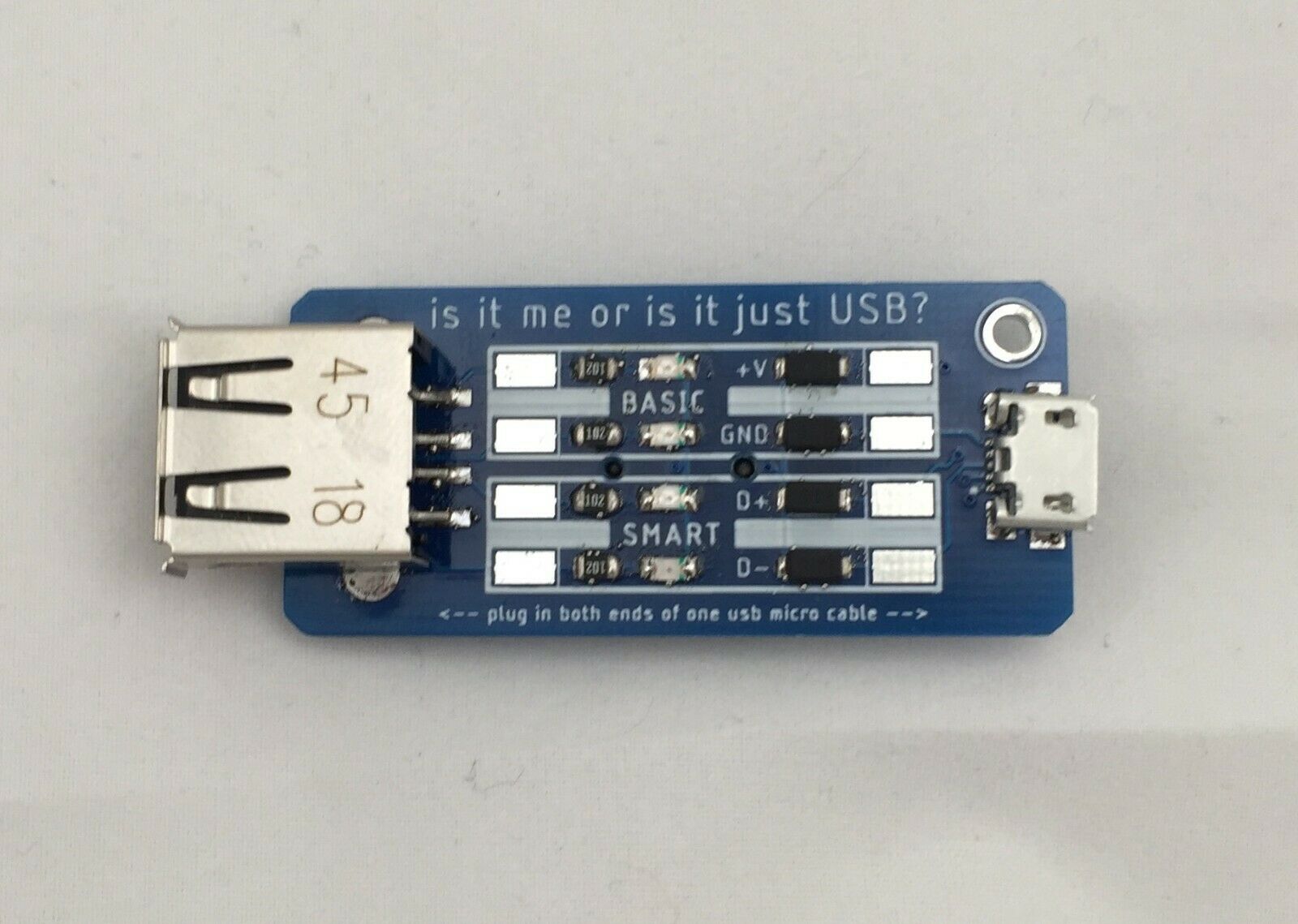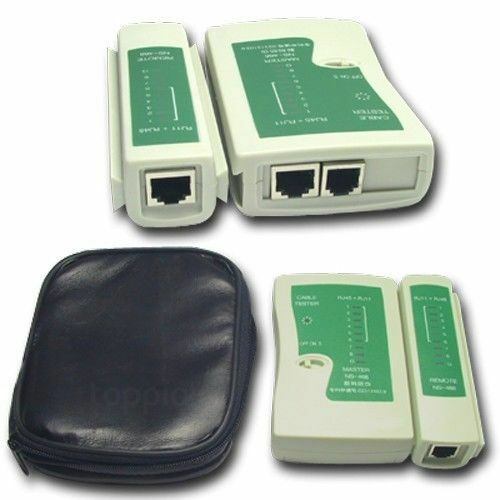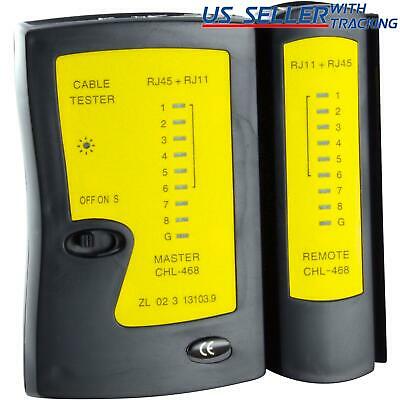-40%
Is it me or is it USB? USB micro cable continuity tester, detect fake USB cables
$ 5.8
- Description
- Size Guide
Description
Is it me or is it USB? USB micro cable continuity tester. Condition is "New". Shipped with USPS First Class.Smart vs Basic
Look around you. How many USB micro cables that came with rechargeable devices can you see?
Not all of them are the same!
Basic
USB cables cannot transfer data and charge a device much more slowly.
Smart
USB cables can potentially charge a device several times faster, and there is no way to tell the two types of cables apart just by looking at them.
Data transfer test
Now there is a way!
If you unwittingly try to use a lower-quality, basic USB cable to program a USB serial device it can be a savagely frustrating experience. Mistaking a basic USB cable for a smart one is (probably) a leading cause of mental health issues for electronics enthusiasts. Lower quality cables generally have no markings indicating this.
The "Is it me or is it just USB" tester shows you which lines have actual continuity in a USB micro cable. Basic cables will only light up the LEDs for the V+ and GND lines, but smart cables will light up all four. I also broke out test pads so you can test resistance or impedance of the a cable with a multimeter should you want to do so for some reason. The tester also has protection diodes to protect against anything unexpected happening should you leave one end of the cable plugged into a USB host port (which is not the intended usage of the tester).
Save your sanity today! Use this tester!
USB fast charging test
What if you don't use USB cables to program serial devices, you just use it to charge your phone or tablet? Surely, you need not have to worry about whether the cable has data lines, right? You can just go on drinking your designer coffee, without having to worry about milliamps and coulombs and so forth?
Wrong.
Smart charging
Basic USB micro cables are made without the D+ and D- lines in order to save a few cents in manufacturing. The justification is probably that most people won't ever try to use them to transfer data. Well, so what? The problem is this cost-saving measure means such cables
can't actually charge devices as quickly
.
Some smart devices such such as many Android smartphones and tablets will attempt to negotiate the amount of current it can accept with the charger. The
exact details
of how this works are complicated, but it needs the data lines to be able to do it. While the cable that came with your smart device is presumably compatible, a USB cable borrowed from something else or a cheap one you bought off of Amazon may not. If the charge rate isn't negotiated, it will fall back on the USB 2.0 default of 0.5A. But your phone may be able to charge at 1.5A or 2A. This means that using the wrong kind of cable your phone could charge up to 3 or 4 times slower than it would otherwise.
Using this USB continuity tester you can tell the difference. If all 4 LEDs light up, the cable is a smart one that will be able to support the faster charging protocols if your device supports it. If only 2 light up, it's a basic one that cannot. If you replace such cables with smart ones and if your device and charger support compatible smarter charging protocols, you may be able to charge your phone several times faster.
Usage instructions
Take both ends of the same USB cable under test and plug each corresponding end into the USB type A and micro type B ports. Do not leave the cable connected to another device while it is connected to the tester.
If the data lines work, the included battery will light up the corresponding LEDs in the "smart" section. This means the cable should be able to transfer data and to charge a device with higher power.
You can also tell if the USB cable is defective or worn out internally if one of the "basic" V+ or GND LEDs don't light up or if any of the LEDs flicker or switch erratically when the cable is handled. If this happens the cable under test is probably not suitable for use and should be discarded.
For more advanced users, test pads are exposed so you can easily measure the resistance, inductance or other properties of a USB cable using a multimeter. You'll presumably want to remove the battery from the tester while doing that.
Disclaimers
The protection diodes and the USB spec are designed to prevent anything from happening as a result but both ends of the cable under test should be detached from any computer or charger before being plugged into the tester.
The tester is not conformally coated.
I invented the terms "smart" and "basic" for the purposes of description. What I've called "basic" are sometimes called "charge-only" but as described above they actually are worse at charging, so that term is misleading. It has been argued that these cables are essentially "fake" USB cables since they don't adhere to any USB spec.
Testimonials and health claims in the product copy are intended as satire and should not be taken seriously.

















